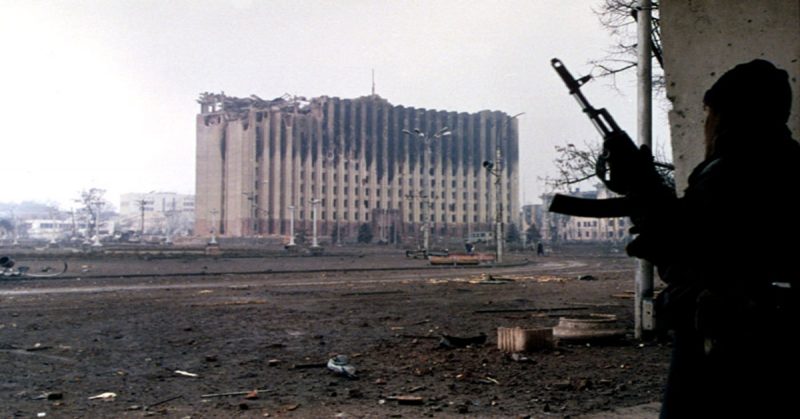The Soviet Union officially ceased to exist on December 26, 1991, 74 years after its inception in 1917. The fall of the Union left the world in awe. The pre-revolutionary flag was raised in Kremlin, but it wasn’t without turmoil. As the Soviet empire fell apart, many problems began to surface. Civil wars, armed insurgencies, and attempted coups troubled the ex-Soviet republics throughout the 90s as the region tried to stabilize itself.
Some of the conflicts were motivated by ethnic and religious differences, while others were triggered by historical disputes that had been haunting the regions throughout the 20th century. Furthermore, the power vacuum created by the fall of the centralized government reflected in the rise of new political elites, nationalism, and crime. We offer you an overview of the conflicts that shaped the territories of the former Soviet Union.
1. Nagorno-Karabakh Conflict
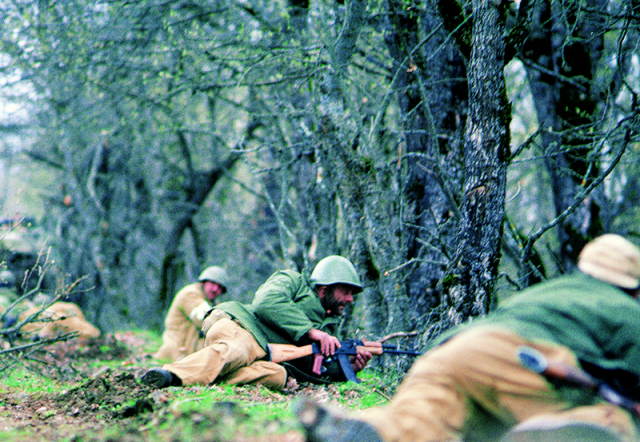
The Nagorno-Karabakh Region is a disputed region between Armenia and Azerbaijan. Both countries made claimed that the territory belongs to them, which sparked conflicts between the two factions. In 1988, before the Soviet Union officially fell apart, violent clashes between the Armenian separatists and the Azerbaijani Soviet Socialist Republic (which later turned into the Republic of Azerbaijan).
The war lasted for six years, from 1988 to 1994, with thousands of casualties and displaced people on both sides. A fragile ceasefire was agreed, only to be broken with border skirmishes that occurred that same year. The Nagorno-Karabakh region is today a de facto independent state, which still belongs to Azerbaijan. The conflict was briefly revived around April 1, 2016, claiming even more lives.
2. South Ossetia War
The Georgian troubled region of South Ossetia remains in the recent memory of the Russo-Georgian war in 2008, but the roots of the conflict date to the time of the fall of USSR. The initial conflict started out when the Russian minority in Georgia, concentrated in South Ossetia, expressed wishes to separate from the newly formed state and join the Russian Federation.
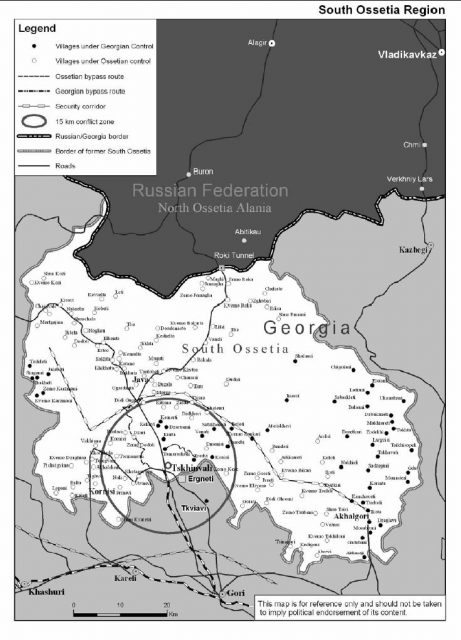
The result was a de facto independent Ossetia within the Georgian-controlled state. The war ended with a Russian-brokered ceasefire, signed on 24th June 1992, which established a joint peacekeeping force and left South Ossetia divided between the rival authorities. Even though the war was officially over, the conflict spilled into Georgia, causing a civil war with a yet another ethnic Russian region ― Abkhazia.
3. East Prigorodny Conflict
When the war between the Georgians and the Russians from South Ossetia broke out, the Caucasus region was plagued by conflict. North Ossetia-Alania, a federal republic within the Russian Federation, which borders the disputed Georgian region of South Ossetia, fell into an ethnic conflict with the Muslim minority called the Ingush people. This brief conflict lasted for six days, from October 30 to November 6, 1992, but with horrible consequences.
Human Rights Watch in Helsinki determined that during the six days period ethnic cleansing occurred, perpetrated by the Ossetian paramilitary forces. It was also added that war crimes were committed by both sides and that the Russian government failed to react properly concerning the atrocities that had happened on its sovereign territory.
4. Civil War in Tajikistan
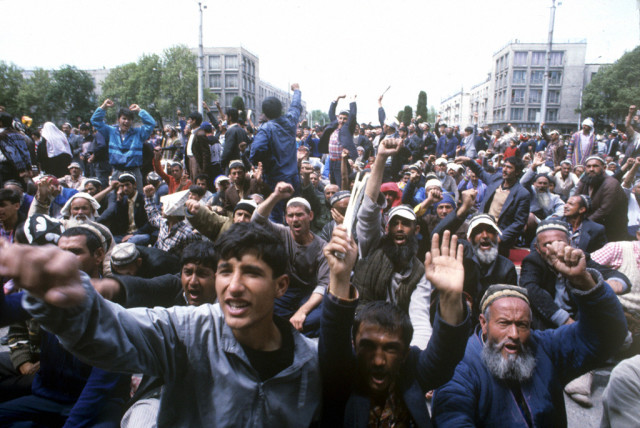
The shifting of power within the ex-Soviet republics caused some minorities that felt underprivileged to rise against the authorities. Such was the situation in Tajikistan, which declared independence from the Soviet Union in 1991. After the first democratic elections organized in Tajikistan in 1992, Rahmon Nabiyev, a well-known Soviet apparatchik, was elected president.
Massive demonstrations were organized on the streets of the capital city, Dushanbe, against Nabiyev, while he secretly organized militias to suppress the riots. A united opposition arose within the movement, comprised mainly of Muslim ethnic groups from Tajikistan regions of Garm and Gorno-Badakshan. The rebels were supplied with weapons and equipment by the Taliban from neighboring Afghanistan. The conflict that followed lasted for more than five years, finally ending in 1997. The death toll was high ― 50,000 to 100,000 military and civilians dead, with 1,2 million people displaced.
5. Transnistria War
Transnistria is a self-proclaimed republic located in eastern Moldova. In 1990, Transnistria seceded from Moldova, which was itself a country that emerged on the dissolution of the Soviet Union. Transnistria became one of the “unrecognized republics” that appeared throughout the USSR, alongside Abkhazia, South Ossetia, and Nagorno-Karabakh.
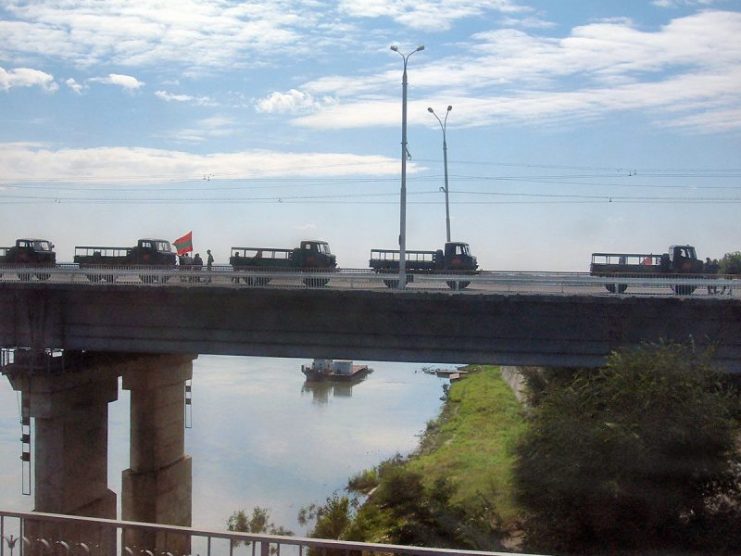
In 1992, a war broke out between the two factions, with Moldova receiving support Romania and Transnistria obtaining protection by the Russian Federation whose 14th Army actively participated in the conflict. The war lasted for four months and resulted in a stalemate that keeps Transnistria independent to this day but unrecognized by the international community.
6. Russian Constitutional Crisis
While small-scale conflicts emerged throughout the periphery of the former Soviet Union, the political instability echoed from its center. In 1993, a political stand-off occurred between the then-Russian president, Boris Yeltsin, and the Russian parliament that was resolved by using military force. The tensions were high in the first years of the Russian Federation. In 1991 a coup d’etat was attempted against President Gorbachov by the high ranking Soviet officials whose goal was to prevent the collapse of the Soviet Union.
President Yeltsin, who succeeded Gorbachov, continued the implementation of the free market system in Russia. This caused skyrocketing inflation, new taxes, and far less government spending. The government itself became divided between the ones who supported Yeltsin and the ones who opposed him. Seeing that his position as president was being jeopardized, Yeltsin disbanded the parliament, even though such act was a direct violation of the constitution.
The conflict reached its peak on October 1, 1993, when a group of 600 armed Parliament supporters barricaded themselves in the Parliament building with a large cache of weapons. Yeltsin responded by sending tanks which fired on the so-called Russian White House, defeating the rebels within several days. The fight continued on the streets, resulting in casualties. The Russian Government estimated 187 dead and 437 wounded, but the opposition claimed that a purge was conducted during the insurrection in which more than 2,000 people lost their lives.
After Boris Yeltsin confirmed his position as the President of the Russian Federation, a war broke out in the Chechen Federal Republic. On one side was the Russian Army and on the other Chechen separatists who had close ties with Islamic extremists. The small republic in the Caucasus was mostly inhabited by the Muslim population, so the war had a religious background. The war broke out in 1994 and lasted until 1996, when the Russians were forced to sign a ceasefire and withdraw from Chechenia, leaving it de-facto independent.
7. First Chechen War
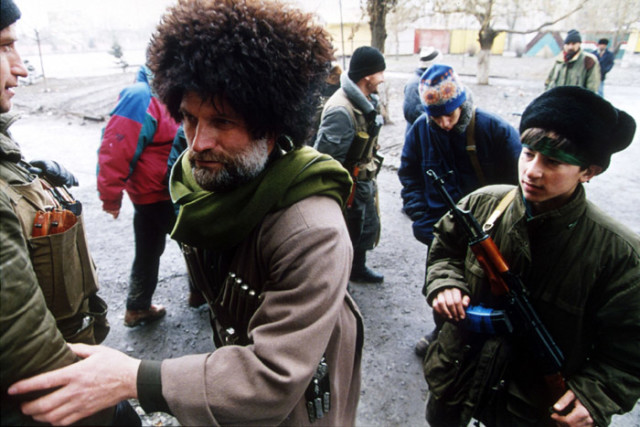
This was certainly one of the bloodiest conflicts that followed after the collapse of the Soviet Union, even though the number of casualties was never officially agreed upon by both parties. The official figure for Russian military deaths is 5,732, while most estimates put the number between 3,500 and 7,500, or even as high as 14,000. Although there are no accurate figures for the number of Chechen forces killed, various estimates put the number at about 3,000 to over 15,000 deaths. Various figures estimate the number of civilian deaths at between 30,000 and 100,000 killed and possibly over 200,000 injured, while more than 500,000 people were displaced by the conflict, which left cities and villages across the republic in ruins.
The conflict led to a significant decrease of the non-Chechen population due to violence and discrimination. This was also the overture for the Second Chechen War of 1999 which lasted until 2009 when Russia once again established its state and military presence.
